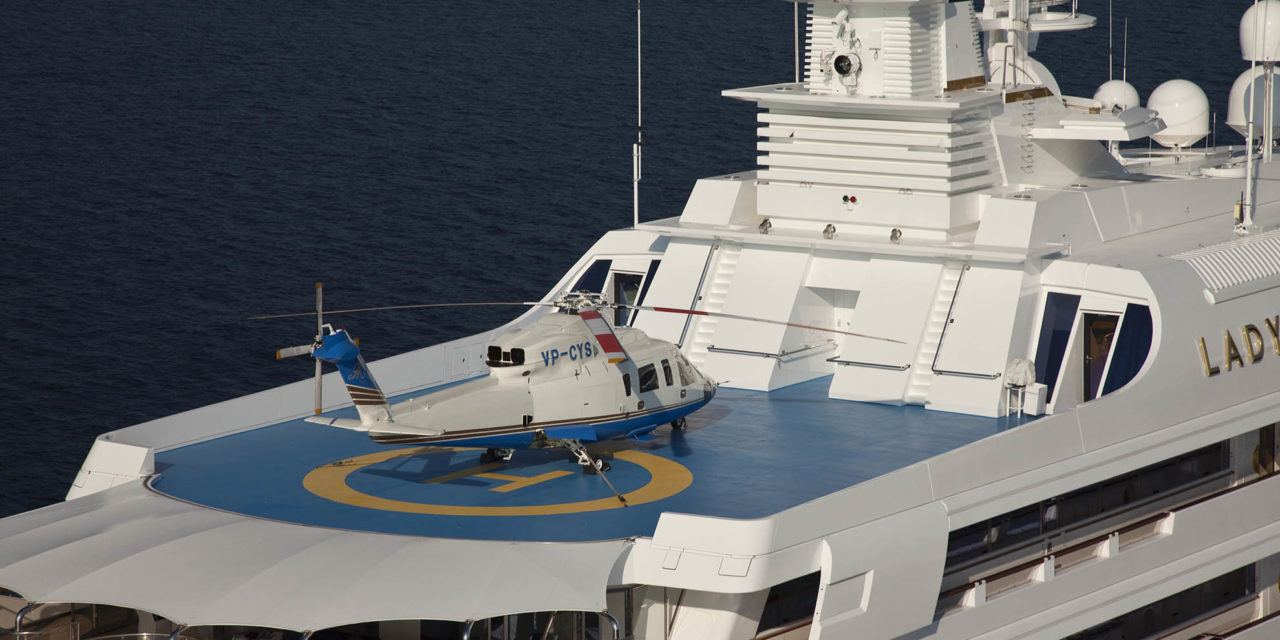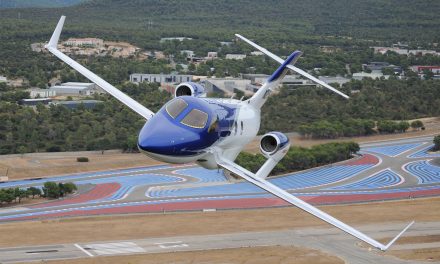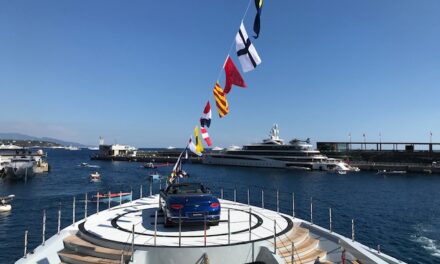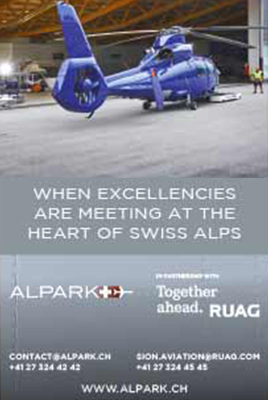More and more yacht owners want a helipad to be integrated right from the design of their new little gem. For some, this represents a true asset to their image, for others, an interesting added value of resale. But for many, having a helicopter is a necessity in difficult environments or a key element of safety.
The example of large expedition ships, where the helipad is standard equipment, has led to the development of helipads on smaller private boats. The certification of a helipad is a major feature of the yacht’s design. Fully certified helipads are recognized around the world and can be used for commercial purposes. Private helipads obey less stringent certification rules.
Safety, including compliance with obstacle clearance, is a key factor in the operation of an on-board helipad. The preparation of the deck, by releasing it completely from all unsecured objects before each landing and taking off, is a binding obligation.
The main discussions around the use of an onboard helicopter relate to safety, convenience and available space.
Back in time
Lady Moura is one of the largest private yachts in the world. It was commissioned nearly 30 years ago and remains today in many ways, at the cutting edge of technology. This is one of the very first yachts to have been equipped with a fully certified helipad. Located on the upper deck, it is equipped with a fixed foam fire extinguisher and has hydraulic platforms that protect the lower decks from the rotor wash. Takeoffs and landings produce minimal disruption and the helipad has been used continuously for years as part of the normal operation of the yacht. (Photos to follow). The helicopter, a Sikorsky S-76 C ++, regularly connects local landing sites and the boat. There is no hangar on the Lady Moura but as it sails most often in the Mediterranean, a satisfactory arrangement has been found for the helicopter to remain on board during the trips and be stored in a hangar on the ground during extended stays in stopover.
Conditions to take into account
Having a hangar on board is recommended to protect the helicopter if it stays on board during long trips at sea because the saline environment poses significant corrosion problems, especially on the turbines. Generally, boat designers underestimate the space required to house a helicopter aboard a yacht.
I estimate it takes 10 to 12 cubic meters to store spare parts and miscellaneous equipment. It is also necessary to access the helicopter for regular maintenance works and to store fuel, either in specific tanks built on board or in barrels. This last solution is preferable because the contaminated fuel is a real problem for the helicopters and the use of barrels limits this contamination. Moreover, in case of emergency or fire on board, the barrels can be easily dropped. Finally, if it is well designed, the hangar itself represents an interesting added value for the subsequent resale of an expensive yacht.
The future
In the design of the 103 meters long “Sea Hawk”, Hawk Yachts integrated the helicopter and its hangar into the layout of the vessel to optimize space by creating a dual-use area, both artistic and operational. The helicopter is highlighted behind a glass wall, and becomes a decorative element in the hangar that has a bar and can thus be transformed into a reception area for commercial presentations or product launches.
Using the helipad giving it a dual use right from the design allows a considerable gain of space. On the 68 meters long « Hawk Ranger » and the 88 meters long « Hawk Quest », Hawk Yachts installed a fully certified helipad on the pool site. Thanks to technology, the pool turns into a helipad at the push of a button. In pool mode, the bottom is in the lowest position or at an adjustable height depending on the desired depth. In heliport mode, the bottom brought to the high position becomes a landing platform. Such a space saving also minimizes the investment that would have been much higher if the pool and the heliport had been designed separately.
In conclusion, I think it seems obvious to have a certified deck. This gives the owner the flexibility to alternate commercial and private use of his helicopter. It is not necessary to have a hangar, especially since this considerably reduces the cost. For long journeys, it is easier to use helicopter companies that will manage the various authorizations related to the movements of the aircraft, especially abroad.
In addition, commercial certification of a helipad is safer than private classification. For take-offs and landings, users must anticipate potential drawbacks.
Indeed, unauthorized helipads can be dangerous if all the precautions, especially in terms of space and weight, were not taken into account from the design stage.
Designing a helipad for a 500 ton yacht is a challenge. This must be done meticulously by relying on the expertise of specialized consulting firms in order to obtain its technical homologation and to be able to operate it under optimal safety conditions.










